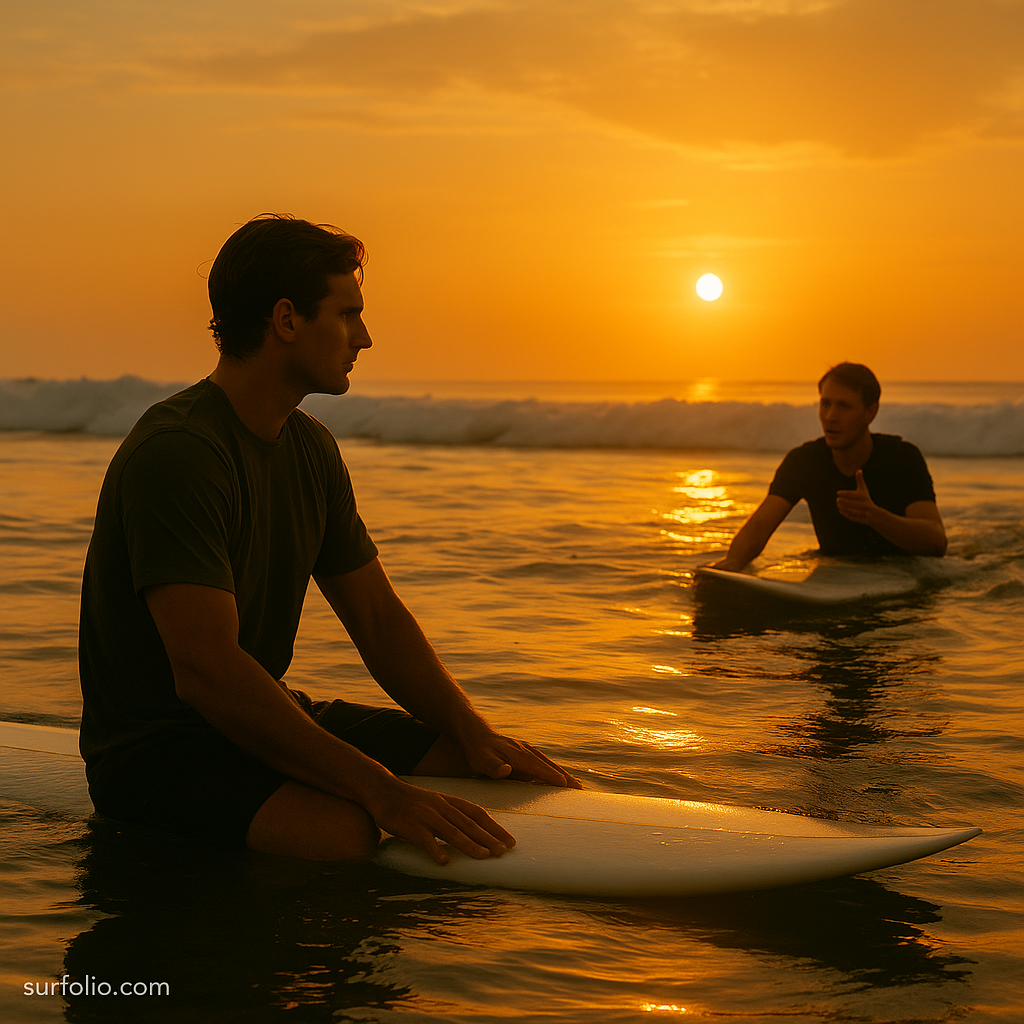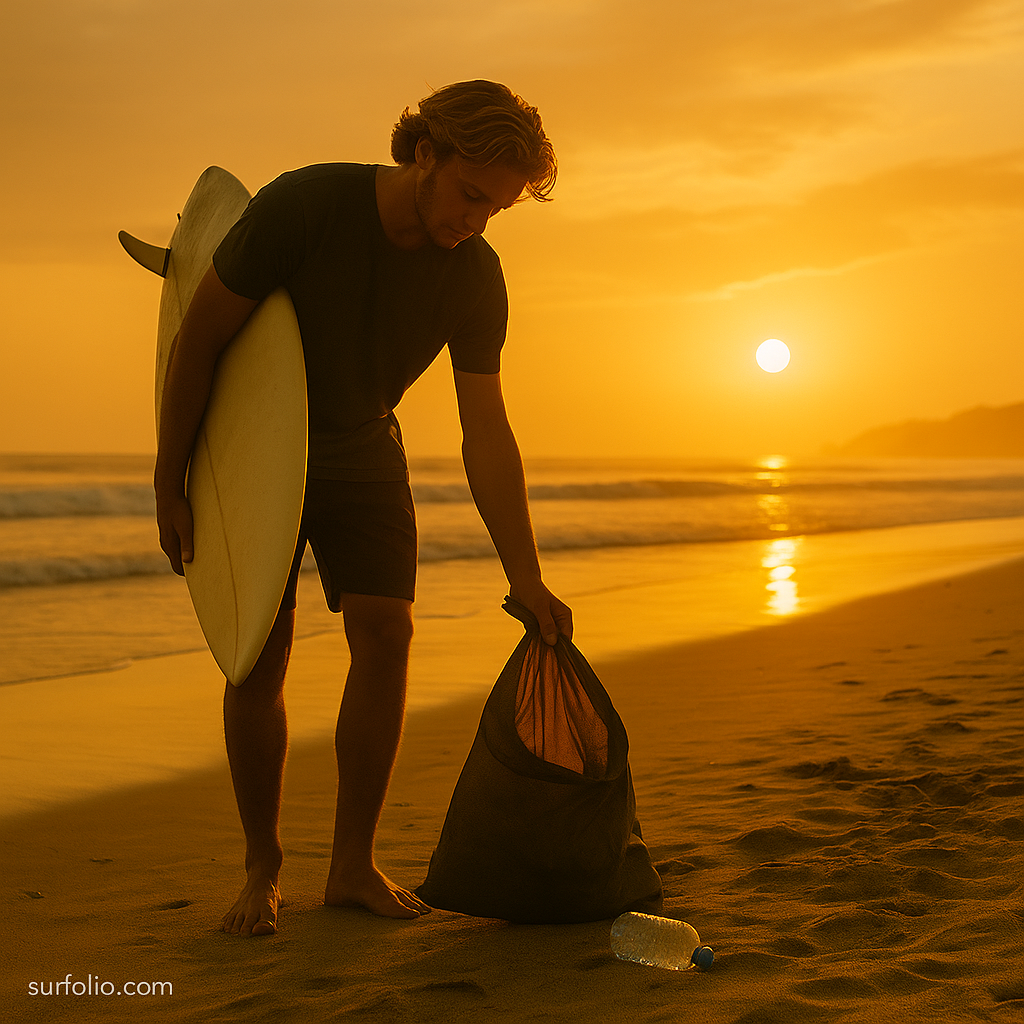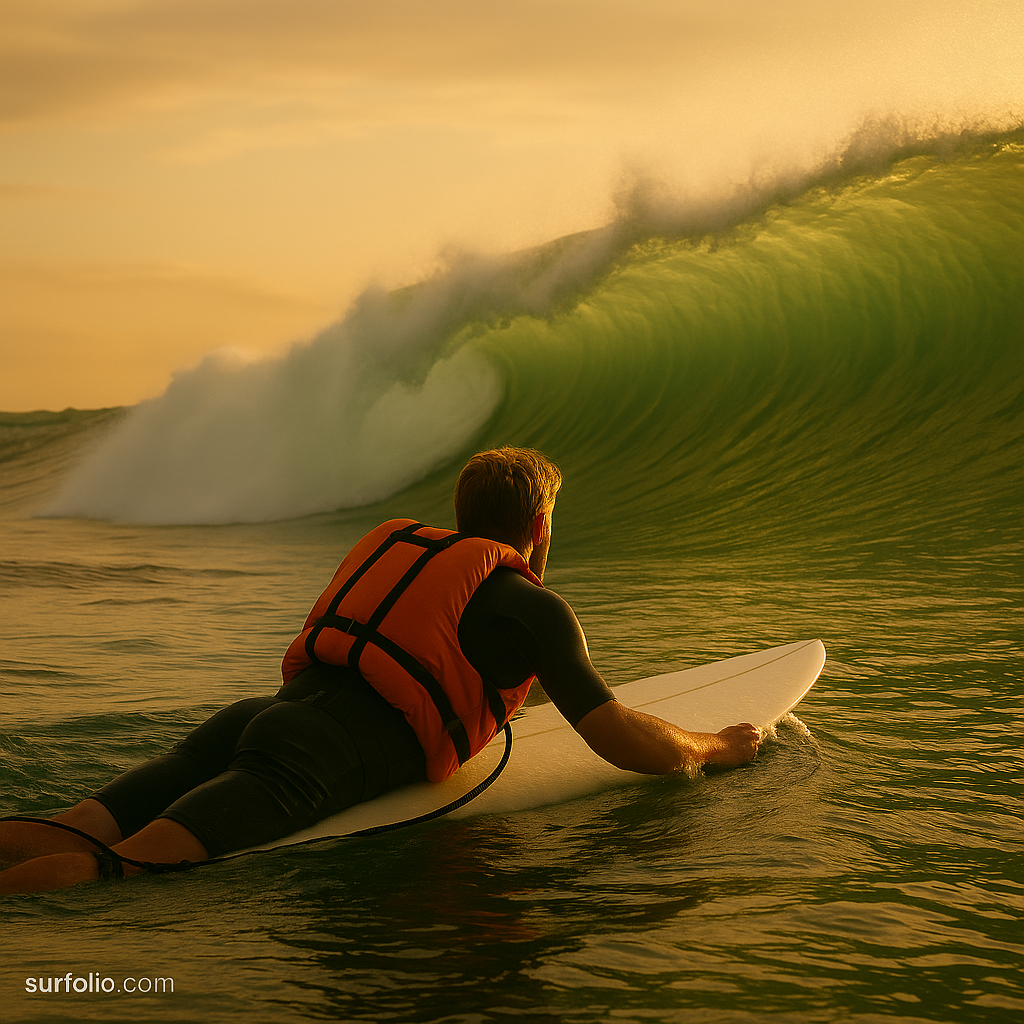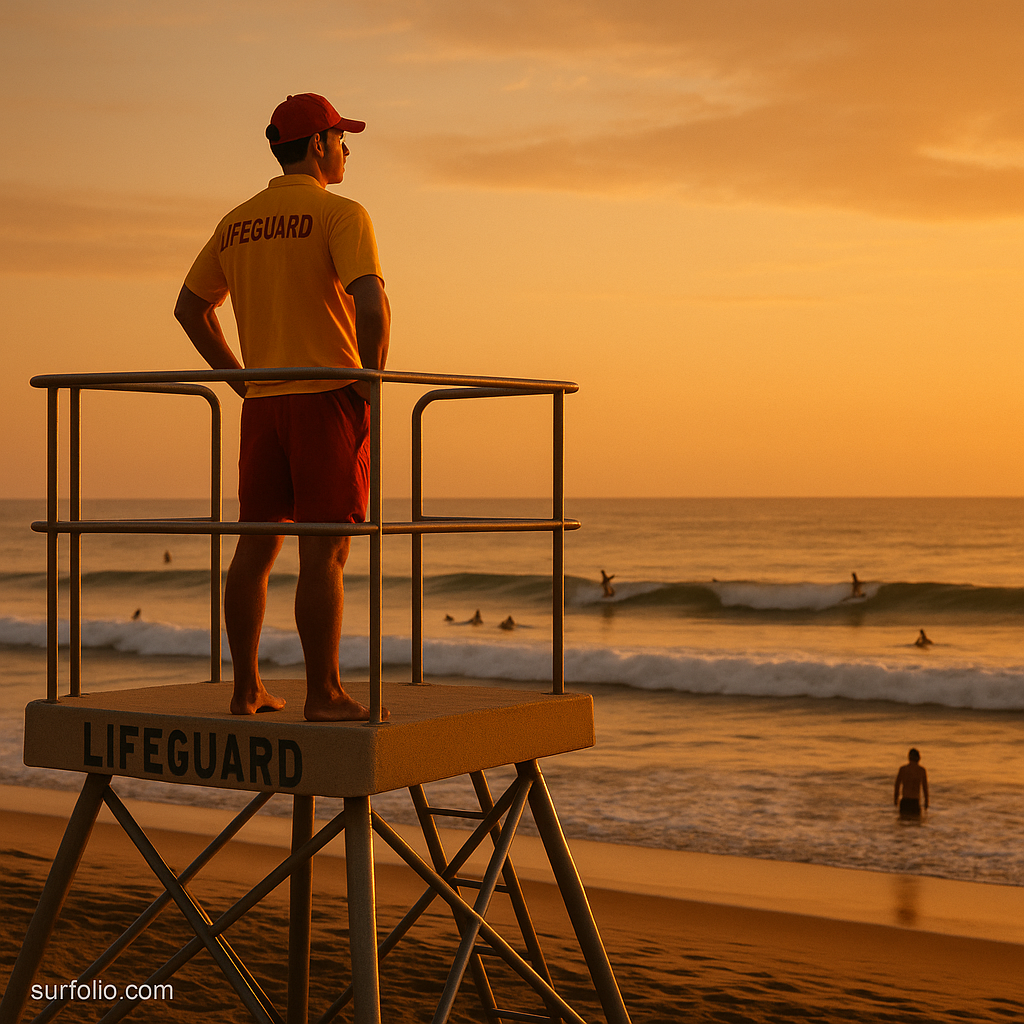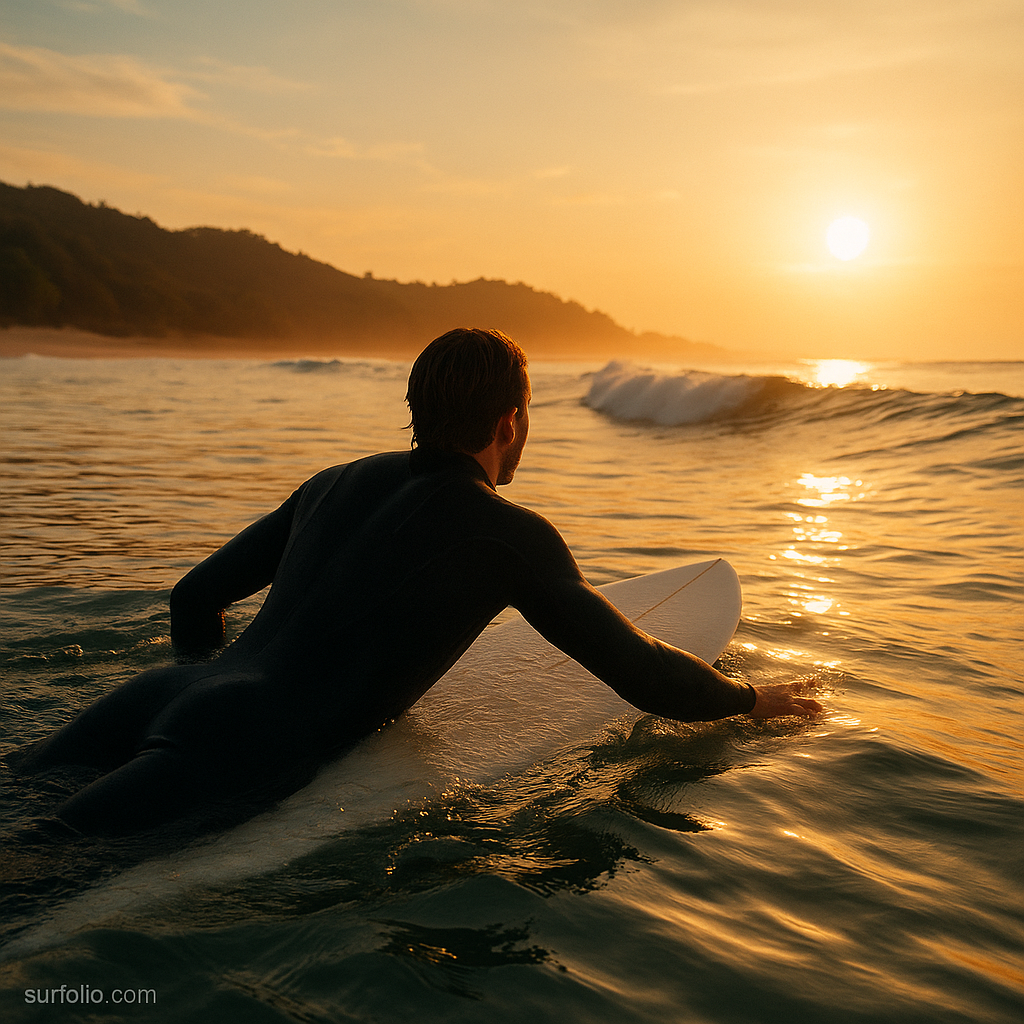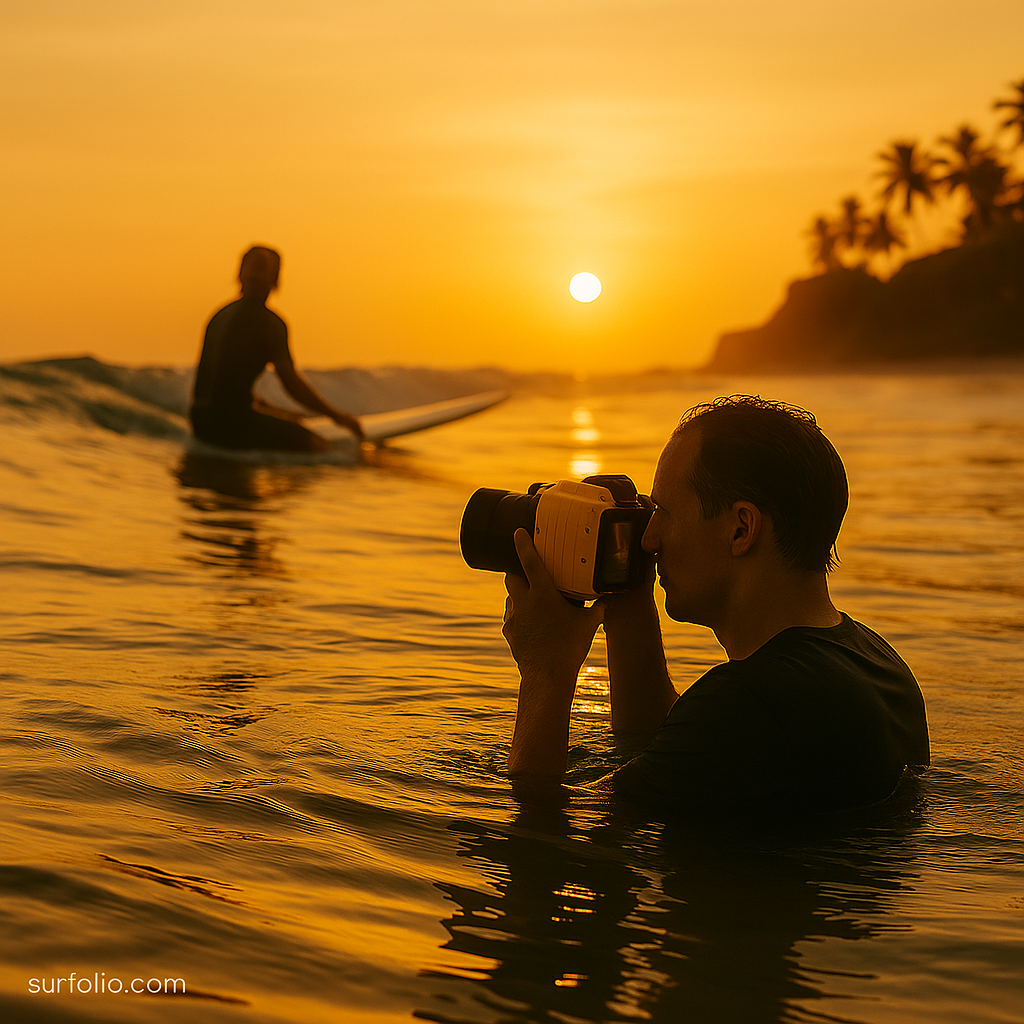
There’s something magical about capturing the perfect moment—a surfer slicing through a glassy wave as sunlight filters through the lip. Surf photography is not just art; it’s a cultural documentation of our connection with the ocean. Yet, as cameras have become more accessible, so too have the questions surrounding ethics in surf photography, especially within crowded lineups.
Balancing creativity, respect, and safety is essential for maintaining harmony in the surf community.
Continue reading “The Ethics of Surf Photography in Lineups”
